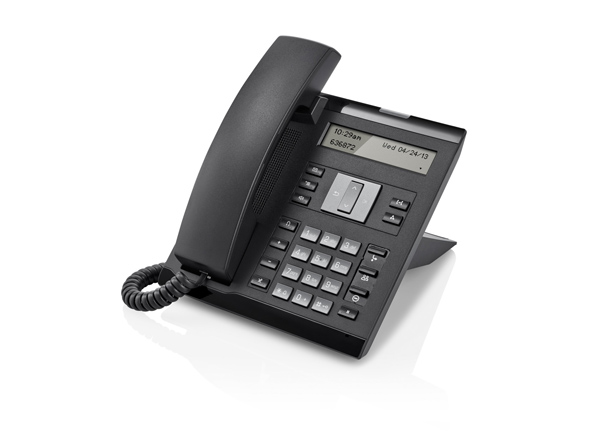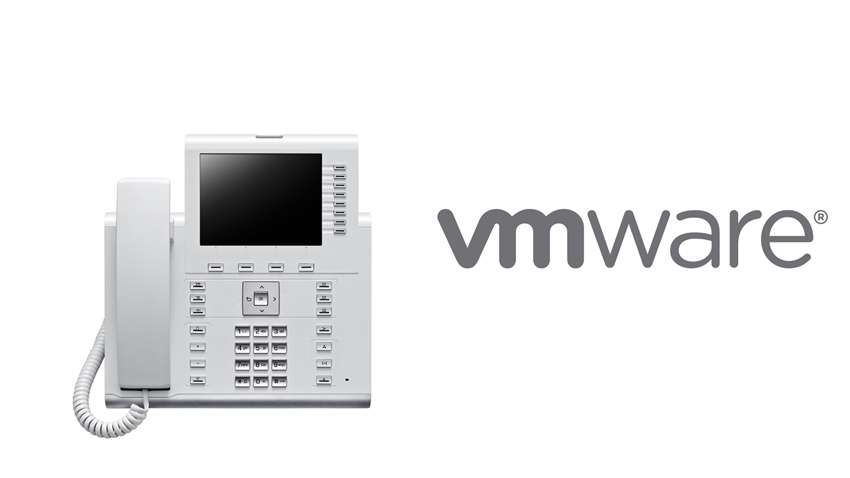With all the talk of multimedia, multimodal forms of communication in today’s telecoms industry, you would be forgiven for thinking telephony has had its day at the top of the tree.
Yet in fact the global market for voice communications, or more specifically VoIP, continues to grow at an average of around 10 per cent a year. According to TMR, by 2020 that market will have doubled in value since 2013, reaching $140 billion.
Yes, new-fangled technologies like IM, video streaming and web collaboration are exciting and futuristic and are what the kids are into. But voice is far from finished, and a majority of people in the workplace still use telephony as their communications method of choice out of long ingrained habit. The telecoms vendor which underestimates the draw of voice in their product development does so at their peril.
Unify understands this. Under the company’s previous incarnation, Siemen’s Communications, the development of the OpenScape platform was regarded as one of the pioneering moments in the post-voice world of Unified Communications. And yet here we have OpenScape Voice – as its name would suggest, ‘pure’ voice platform.
Unify clearly appreciates the continued market importance of voice. But the raison d’etre of the OpenScape brand has always been innovation and pushing boundaries. So, what boundaries in VoIP, if any, has Unify been able to push with OpenScape Voice?
This review will aim to answer that question. Please remember, the opinions expressed in this article are those of the author only. UC Today is an independent news and insight service for the UC industry and does not play any part in the promotion, marketing or sale of any particular products.
What Can It Do?
In keeping with the rest of the OpenScape range, OpenScape Voice is a SIP-based piece of communications software. As an open standards platform, it is designed to be run in a virtualised environment on any VMware compatible IT server. OpenScape Voice can therefore be deployed as a private cloud solution over large multisite networks, with centralised system management via IP.
It can also be run as a vApp and supports multi-tenancy, with a single system capable of supporting up to 6000 separate tenant groups. This means OpenScape Voice can be used as a hosted cloud service run by third party providers.
OpenScape Voice can be deployed in two main configurations. As a single node, or Simplex system, it supports up to 5000 users. However, as a dual node, or Duplex system, it can support up to 100,000 users per server. Systems can also be networked together to give near limitless scalability.
The dual node configuration also offers 100 per cent call failover, as if one node goes down, the other simply picks up the service. This helps to deliver carrier grade reliability, with five nines availability (99.999 per cent).
OpenScape Voice supports SIP ready desk phones in the Unify OpenStage and OpenScape ranges, which plug directly into the LAN / WAN. It offers an extensive range of enterprise class IP PBX and call management features, including multiline options, customisable call forwarding, business and hunt group options, carrier grade routing and translation, and call tracking / billing records.
Deployed on its own, OpenScape Voice’s features stop with the PBX functions – there is no attempt to tag UC features on and it is definitely not an ‘all-in-one’ solution. Instead, OpenScape Voice is designed to be deployed alongside other OpenScape software solutions, such as OpenScape UC, Mobility, Xpressions and Mobility, meaning customers can fashion their own communications suites in a modular fashion.
On its own, OpenScape Voice also only provides internal network telephony via LAN / WAN. It needs to be paired with other products to provide access to external lines, either PSTN or through SIP trunks. The OpenScape Session Border Controller provides access to external SIP carriers to connect to external lines via SIP trunks.
Alternatively, the OpenScape Branch physical server, which has a Session Border Controller in built, also provides an integrated PSTN gateway and firewall / security features for supporting enhanced branch survivability.
As part of the OpenScape Exchange bundled package, Branch servers are also paired with Voice to provide a solution for businesses with legacy TDM hardware, or multivendor endpoints, across multiple branches. The Branch server provides the gateways for connecting the hardware, while Voice offers advanced routing and centralised administration.
What do we like?
You cannot talk about the strengths of OpenScape Voice without mentioning its scalability – 100,000 users on a single system is truly gargantuan. The deployment options – run straight from a datacentre on premises, virtualised in a private cloud or hosted on the public cloud – also make the system hugely flexible. Finally, one of the key concerns for businesses running software applications over large dispersed networks via IP is security and reliability. OpenScape Voice nails both, with sRTP encryption, TLS, voice VPN support and carrier grade availability and failover protocols.
Who is it for?
Although flexible and readily scalable, OpenScape Voice is primarily designed for the enterprise market. Even with the single node Simplex configuration, it offers up to 5000 endpoint connections. As a hosted cloud service delivered through a third party provider, it could provide smaller businesses access to enterprise quality voice features. But to build a communications network beyond voice, you need licenses for other platforms, so cost wise it is again geared towards larger organisations.

What is it compatible with?
When paired with applications like OpenScape UC and Contact Centre, Voice can be integrated with a wide range of third party business software.
How much does it cost?
OpenScape Voice is available on either permanent (CAPEX) or subscription based (OPEX) licenses. For pricing information, contact your Unify reseller.
UC Today Opinion
OpenScape Voice is a product which manages to effortlessly straddle the traditional and the futuristic. The traditional because, well, to all intents and purposes it is purely an IP PBX platform, focusing squarely on telephone system and call management. In that respect, it harks back to the days before vendors started bolting on video, text and everything else to IP telephony systems.
On the other hand, OpenScape Voice looks very much to the future. As a software only solution, it embraces both convergence, virtualisation and the cloud as means of reducing TCO and hardware requirements. It uses a SIP-based architecture to deliver enterprise grade features, performance, reliability and security. And ultimately it is intended to be only one piece in a much larger jigsaw – as is the modern way, voice is no longer the definition of business communications, but just one platform amongst many.
Have you used OpenScape? What are your thoughts on the Voice platform? Do you like the modular software approach to building UC networks, or do you think all-in-one solutions offer better value? If you are a reseller, what is your opinion? Let us know in the comments section below, and if you know someone else who might have something to contribute, why not share this article on social media?







